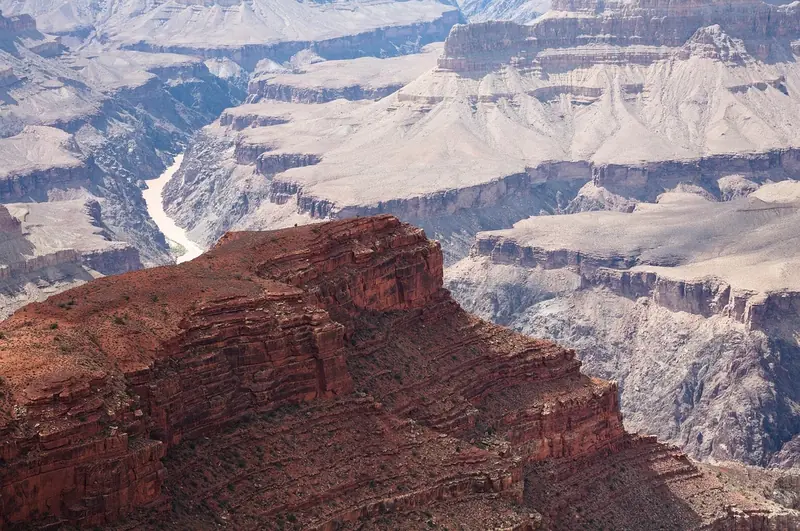
The famous Grand Canyon National Park in northern Arizona is a world-renowned tourist destination and one of the iconic symbols of the United States. Despite its popularity, the history of the Grand Canyon has remained largely unknown among its many visitors and has been considered controversial among scientists.
According to the National Park Service (NPS), for a long time, the formation of this majestic canyon with its steep cliffs was primarily attributed to tectonic plate shifts and the erosion caused by the Colorado River.
A Fresh Perspective
The Grand Canyon, which plunges 1,857 meters deep, stretches 446 kilometers along the Colorado River, which has been “carving through the rock for the last five to six million years,” the NPS reported.
However, a new study published in the journal Geology has proposed a bold new theory regarding the origin of this natural wonder. Researchers have linked the formation of the Grand Canyon to another geographical feature—the Arizona Meteor Crater (or Barringer Crater).
This crater, measuring 1,200 meters in diameter and located more than 200 kilometers southeast of the Grand Canyon, was formed about 56,000 years ago by the impact of a large iron-nickel asteroid. The authors of the study hypothesized that the impact triggered a shift in the Grand Canyon, significantly influencing its formation. It is likely that this shift blocked the Colorado River and created a paleo-lake in the canyon that no longer exists.
However, the question remains unanswered: how and when did large pieces of wood and evidence of ancient human activity end up in Stenton Cave within Grand Canyon National Park? The entrance to the cave is situated over 45 meters above the river, as reported by the Daily Mail.
“It would have required a flood ten times stronger than any that have occurred here in the last few thousand years,” noted Professor Karl Karlstrom from the University of New Mexico, one of the study’s authors.
“Or perhaps these are very ancient deposits left after the river washed the bottom, or maybe they came from the paleo-lake formed by a lava dam or a landslide? We needed to determine the age of the cave deposits,” he explained.
Karlstrom and his colleagues’ research established that the age of the wooden debris in the cave is the same as that of the Meteor Crater and the landslide dam—56,000 years. Ultimately, the researchers concluded that since the timelines coincide, the asteroid that created the massive crater may also have caused the landslide. This landslide led to the formation of the paleo-lake, which in turn created a dam on the Colorado River. The dam contributed to the accumulation of water, which eventually caused severe floods that inundated the caves in the canyon and triggered further erosion.
The results of this study have garnered public attention, especially after the northern rim of the Grand Canyon suffered significant damage due to the Dragon Bravo wildfire. The fire reached this area last week, destroying the historic Grand Canyon Lodge and several other structures.

